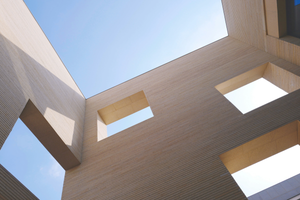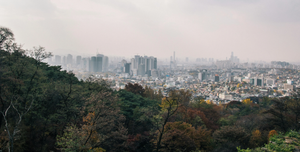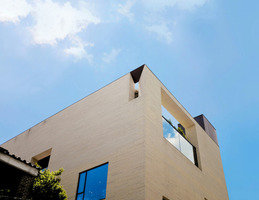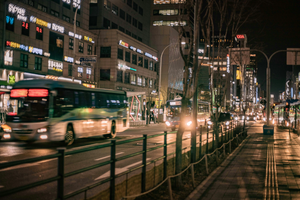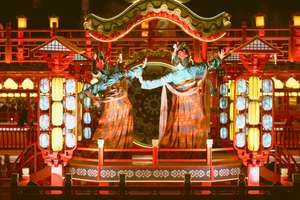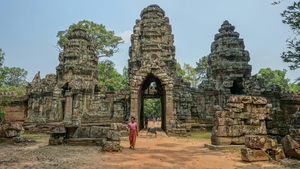Traditional Meets Modern: Exploring Disabled-Friendly Hanbok Experiences
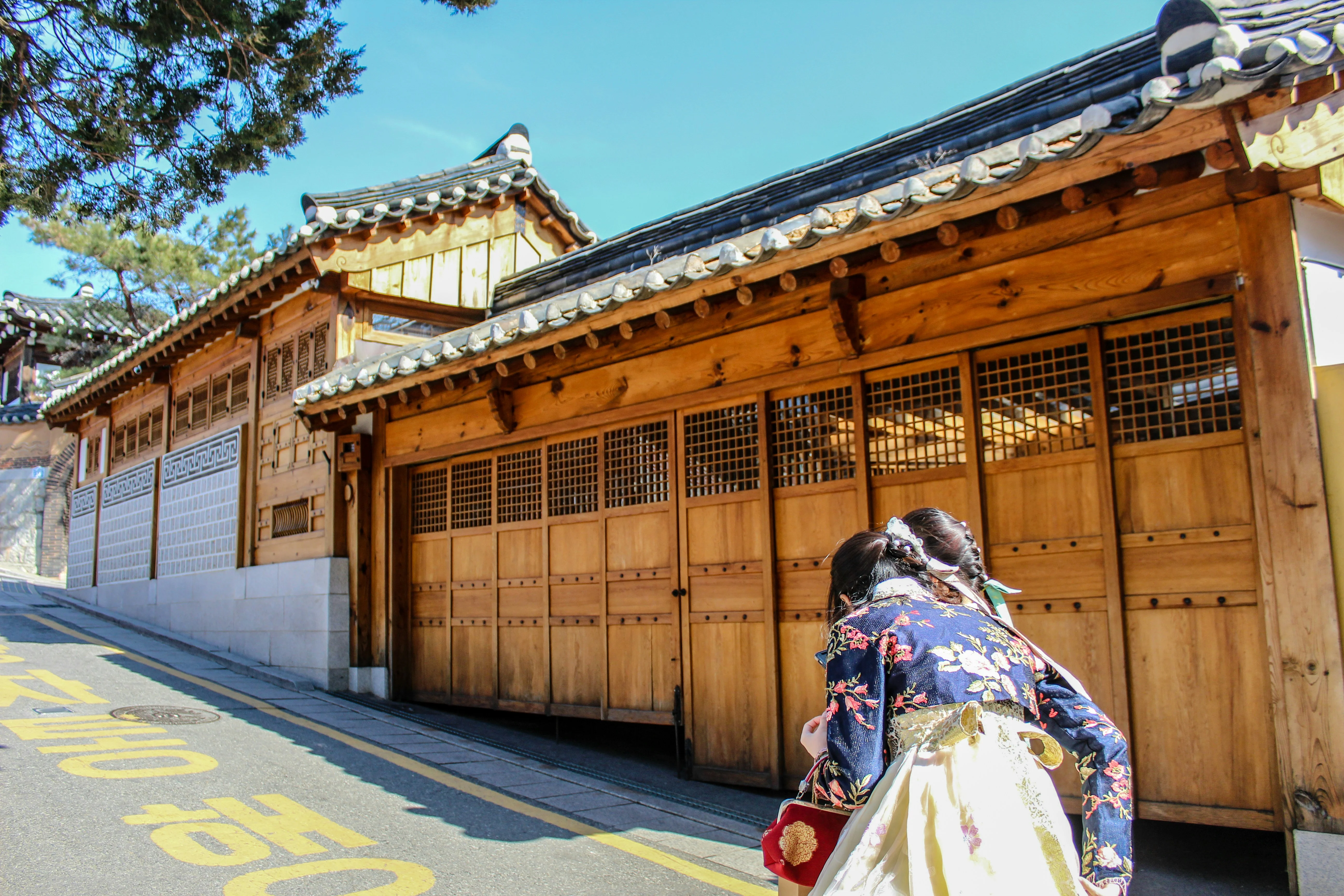
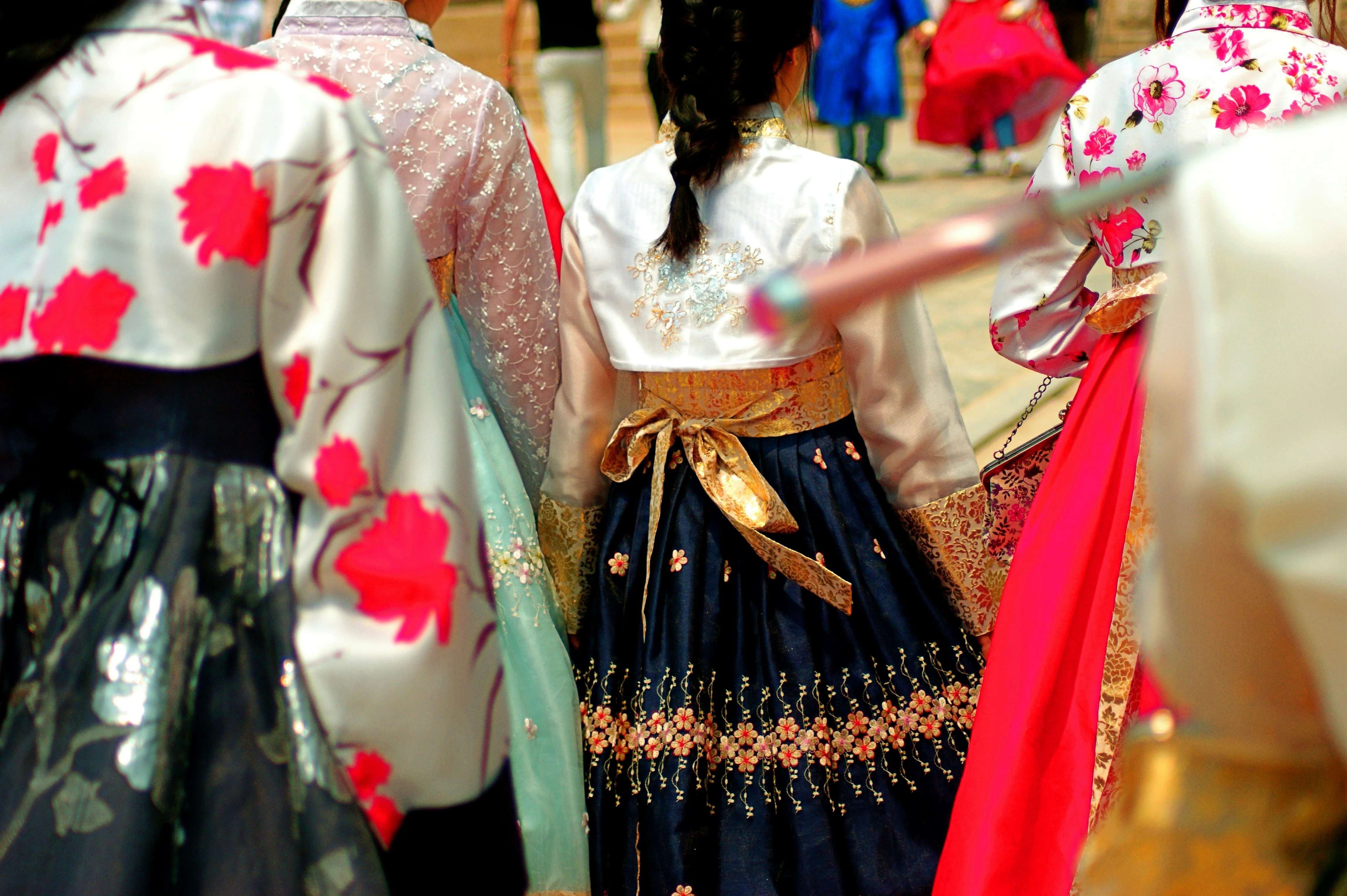
A New Age of Accessibility in Traditional Korean Attire
Historically, wearing a hanbok was a luxury not easily accessible to individuals with limited mobility due to its intricate design and complex donning process. Recognizing this limitation, designers and cultural organizations in Busan have started reimagining the hanbok for modern, diverse audiences. Today's adaptive hanboks incorporate elements like Velcro fastenings, and stretchy fabrics, ensuring ease of use and comfort while preserving the garment's traditional charm. These innovations are not only about practicality but also about respecting every individual's right to enjoy and participate in cultural customs.
Tailored Experiences for Family Travelers
Furthermore, cultural sites around Busan are enhancing accessibility features—installing ramps and widening pathways to ensure that visitors using wheelchairs or other mobility aids can effortlessly navigate and appreciate the majestic Korean landscapes and historical architectures while clad in hanbok.
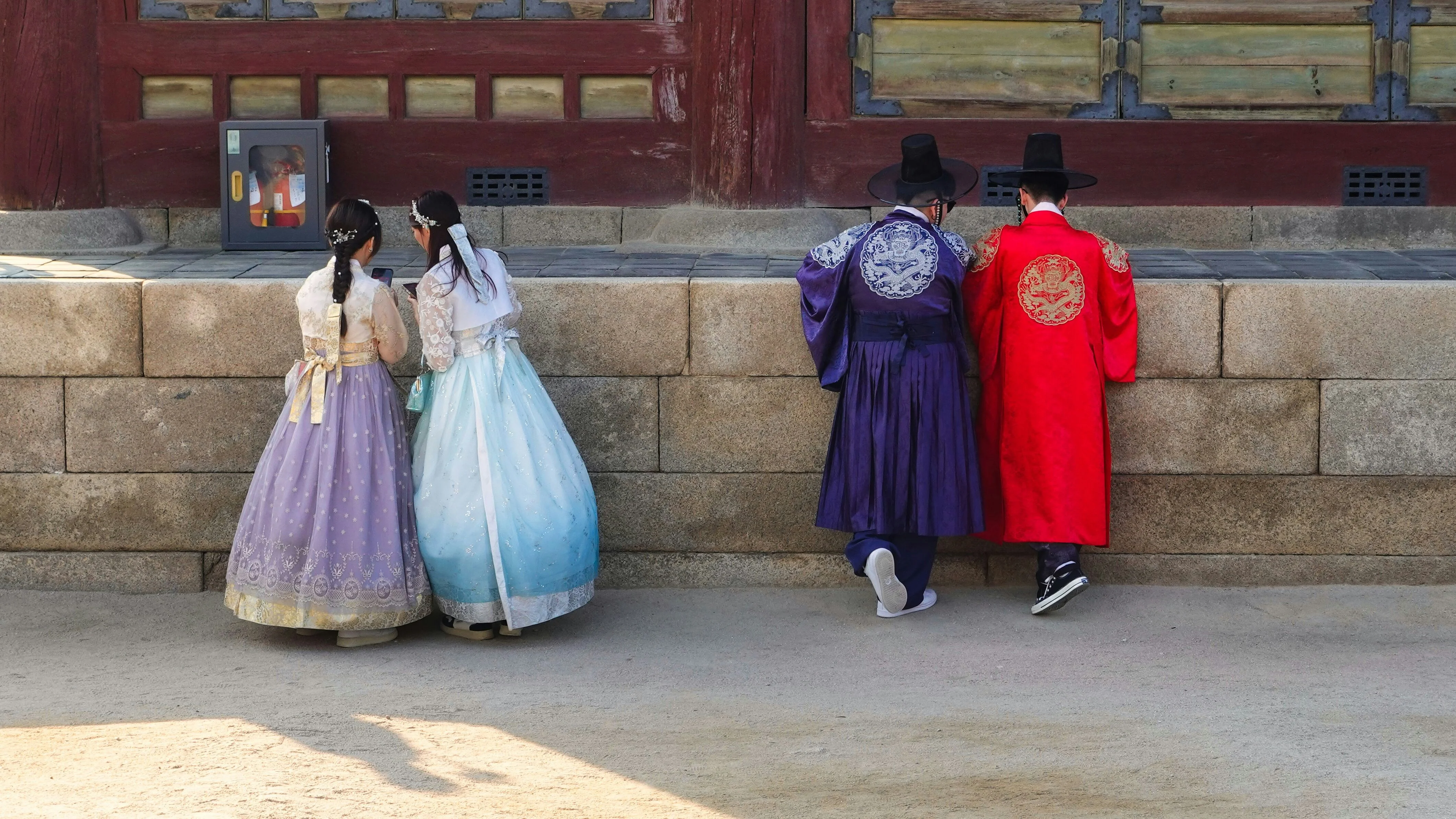
Innovative Initiatives in Busan
Busan's commitment to accessibility extends beyond just the hanbok rental experience. Local cultural organizations are collaborating with technology firms to develop virtual hanbok experiences, allowing visitors to digitally try on hanbok through augmented reality (AR) applications. This tech-forward initiative caters to those who might face physical challenges but still wish to participate in the sartorial splendor of Korean traditions from the comfort of their current setting.
Similarly, workshops and exhibitions in Busan have started featuring tactile elements and audio-visual aids aimed at making cultural storytelling and Hanbok history informative and engaging for those with visual or hearing impairments. Such initiatives underline Busan's dedication to providing holistic, inclusive cultural experiences.
Reimagining Cultural Experiences
Making accessibility a core component of cultural tourism allows visitors to engage meaningfully and educatively, fostering greater cultural appreciation and understanding. With accessible hanbok experiences, families and travelers experience Busan not just as observers of cultural history but as participants in the lively traditions that define Korean identity.
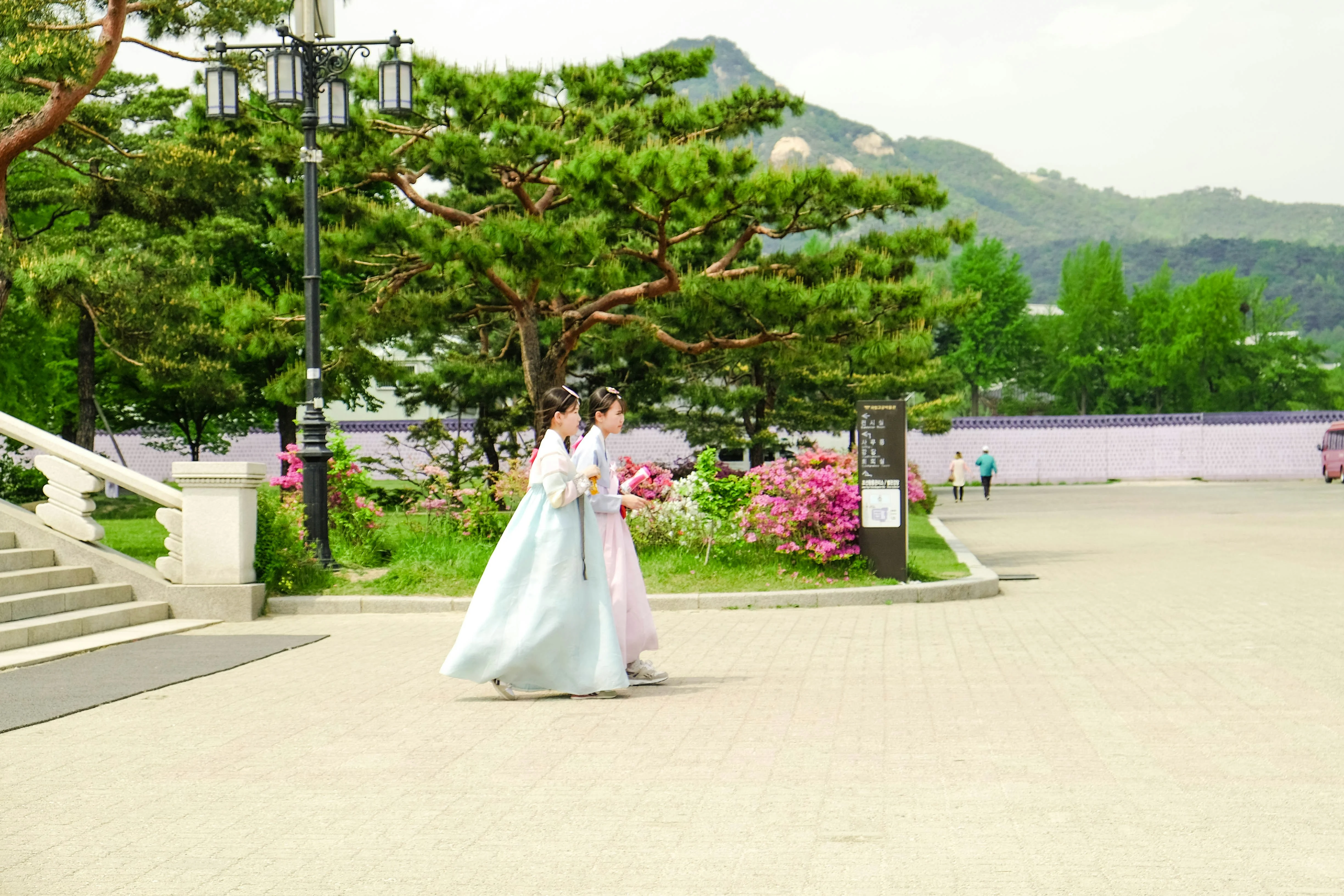
Conclusion
Busan's innovative approach to creating disabled-friendly hanbok experiences offers an exemplary model to cities worldwide aiming for inclusivity in cultural tourism. By blending tradition with modern advancements, Busan is ardently celebrating and sharing Korean heritage in a way that honors and respects every individual's unique journey and requirements.
So, the next time you find yourself wandering the bustling streets of Busan, consider embracing the opportunity to experience Korea's rich cultural tapestry through an inclusive lens. Whether you dress in a hanbok or partake in digital experiences, Busan ensures that everyone can engage with the heart of Korean tradition—a reminder that culture is meant to be shared, enjoyed, and cherished by all.
